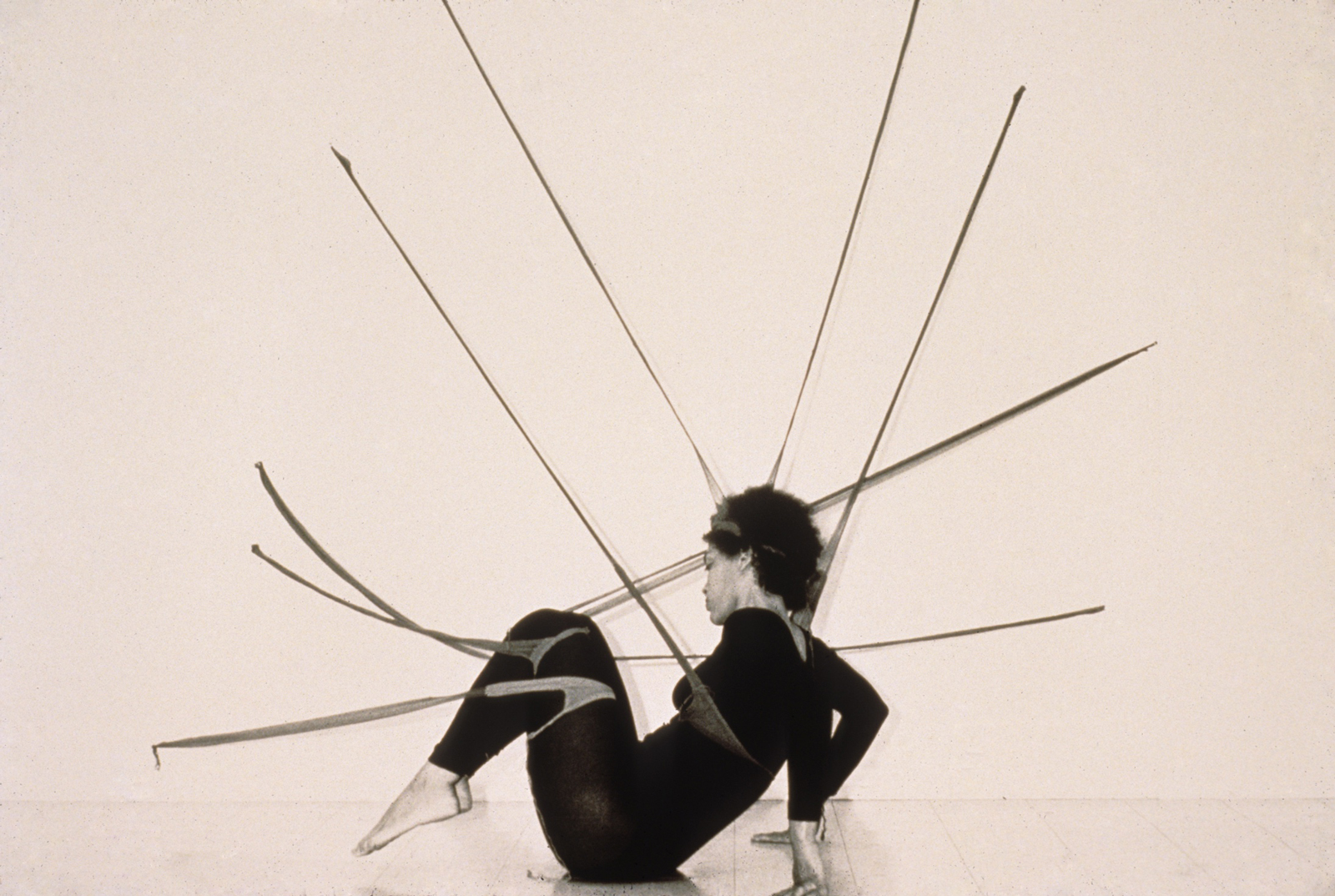Text and Photos by Monica Uszerowicz
In a recent New York Times article, writer C. Nathan DeWall posted the idea that all of us—even the skeptics and the cynics—are susceptible to magical thinking: the attribution of a causal but wholly unjustifiable connection between an event and an action. DeWall references psychologist Laura A. King’s study at the University of Missouri: asked to throw darts at images of a baby versus something more neutral, participants performed poorly and nervously. It was if they felt, perhaps, the baby was being hurt—or some baby, somewhere; a baby that existed on principle. That’s the thing about magical thinking: one might not be able to clearly state the relationship, its origins or its outlines, because one feels it. It’s inherently corny precisely because it’s rooted in emotion, in intuition. You’ll see it when you believe it.
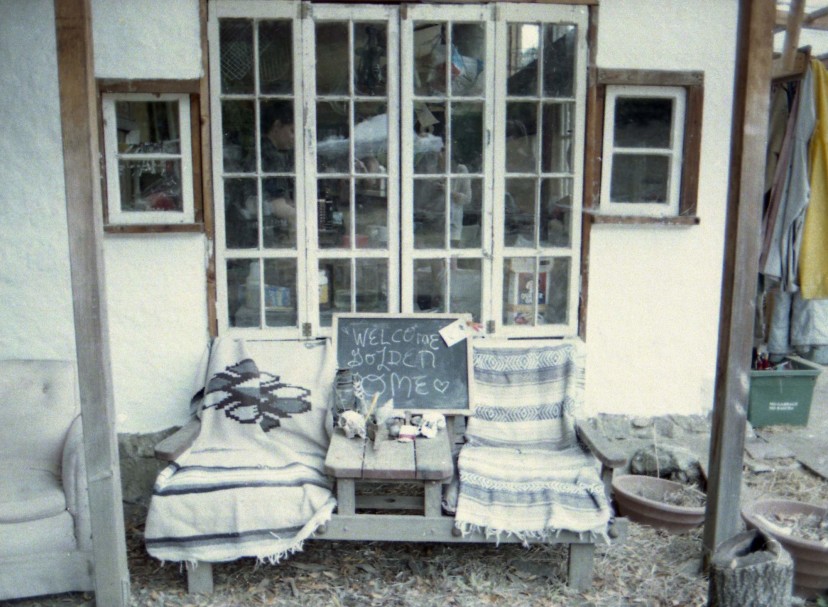
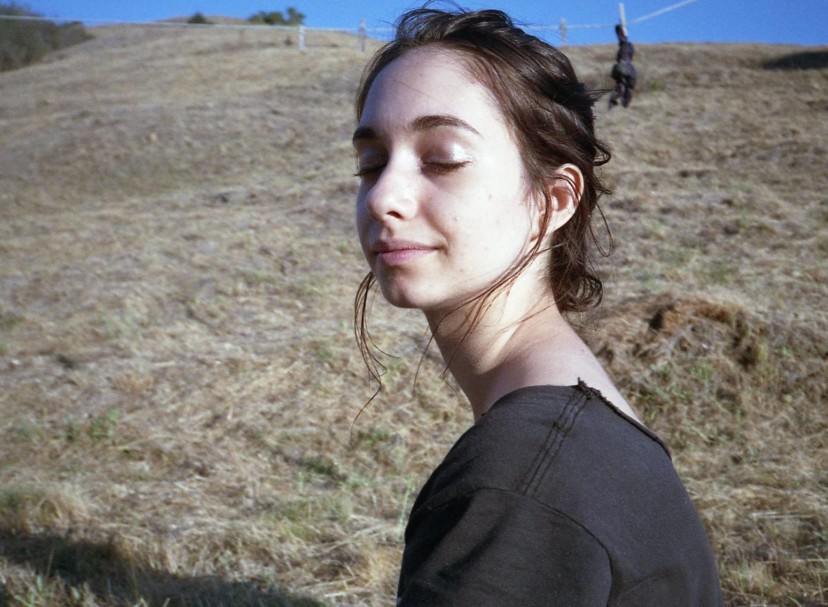
The rise of holistic perspectives in the fields of psychology and medicine—an understanding that might simply be reduced to the fact our body is compromised of many layers—is happening. Rather, it’s trending. But one need not believe in chakras in order to understand the self as a kind of magical being. Even if the aforementioned causal relationship feels real simply because we’re mindful of it, and thus it suddenly matters—isn’t that power, too? It changes things because we allow it to. It’s more miraculous than magic—it’s willful transformation.
New York-born artist, writer, and healer Eliza Swann has been acutely aware of this connection since childhood—this link between transformative thinking, art and, ultimately, healing (transformation begets growth, which begets, hopefully, self-empowerment). Now based in Los Angeles, the idea for a school-residency-hybrid teaching the importance of intentional living, and its relationship to art-making, came to Swann during a cross-country trip.
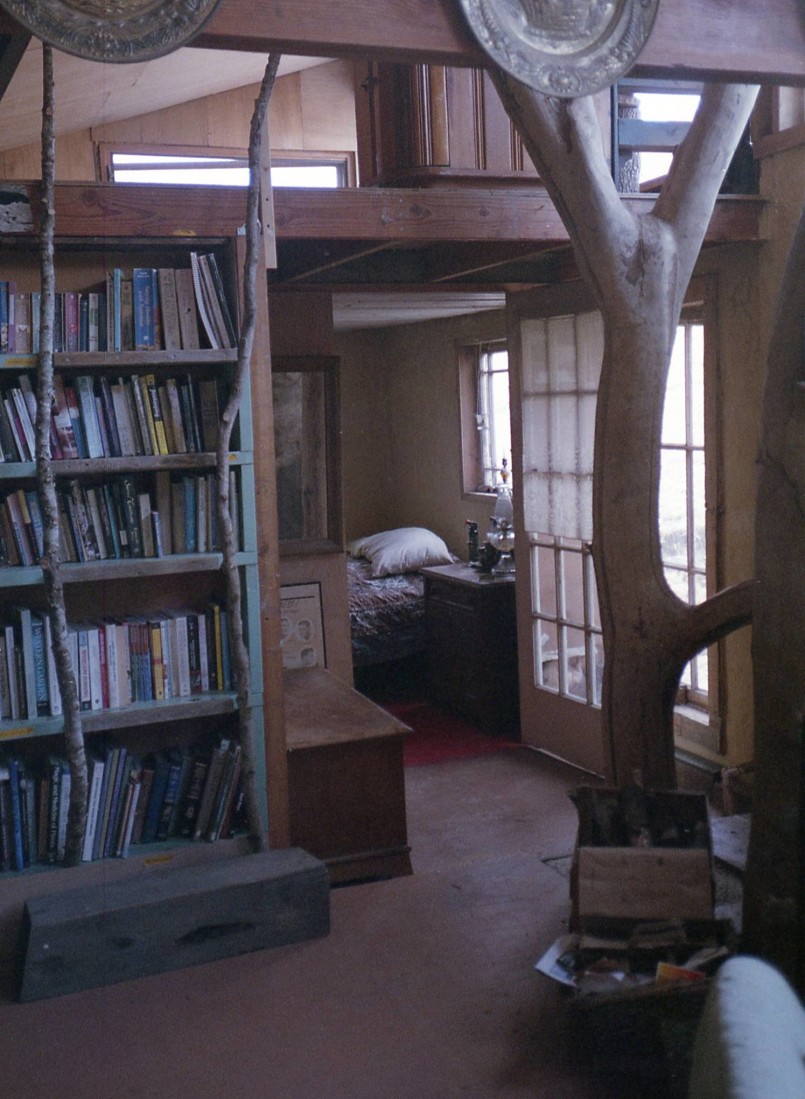
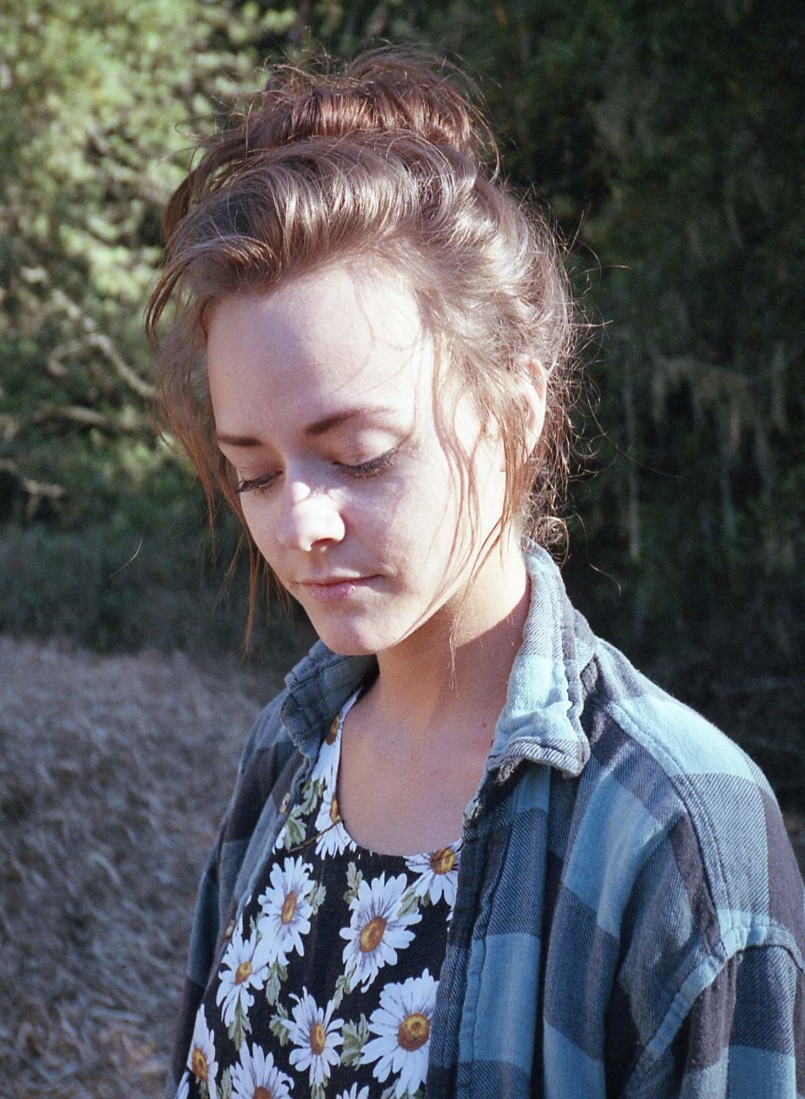
Swann’s own work traverses a range of medium including painting, collage, video, and, indeed, a tarot practice that connects fully to her others’, considering the collaborative nature of each session. She deals heavily with the ecstatic, with personal and spiritual metamorphosis and, on a macro scale, how these small internal transmutations can affect the planet. Diffusing these subjects through a series of courses requires both tenderness and a great deal of magical thinking. With help from fellow artists and Ryan Ingersol and Laura Zuspan, a season tarot practicioner herself, Swann developed the first incarnation of The Golden Dome. From its website:
The Golden Dome is a nomadic mystery school dedicated to investigating intentional living and art making as it relates to cultivating ideas for sustaining and optimizing life on Earth. Each school session takes a figure from the Major Arcana as it’s central theme, and focuses it’s curriculum on the triangulation between art, science, and spirit for the advancement of all consciousness.
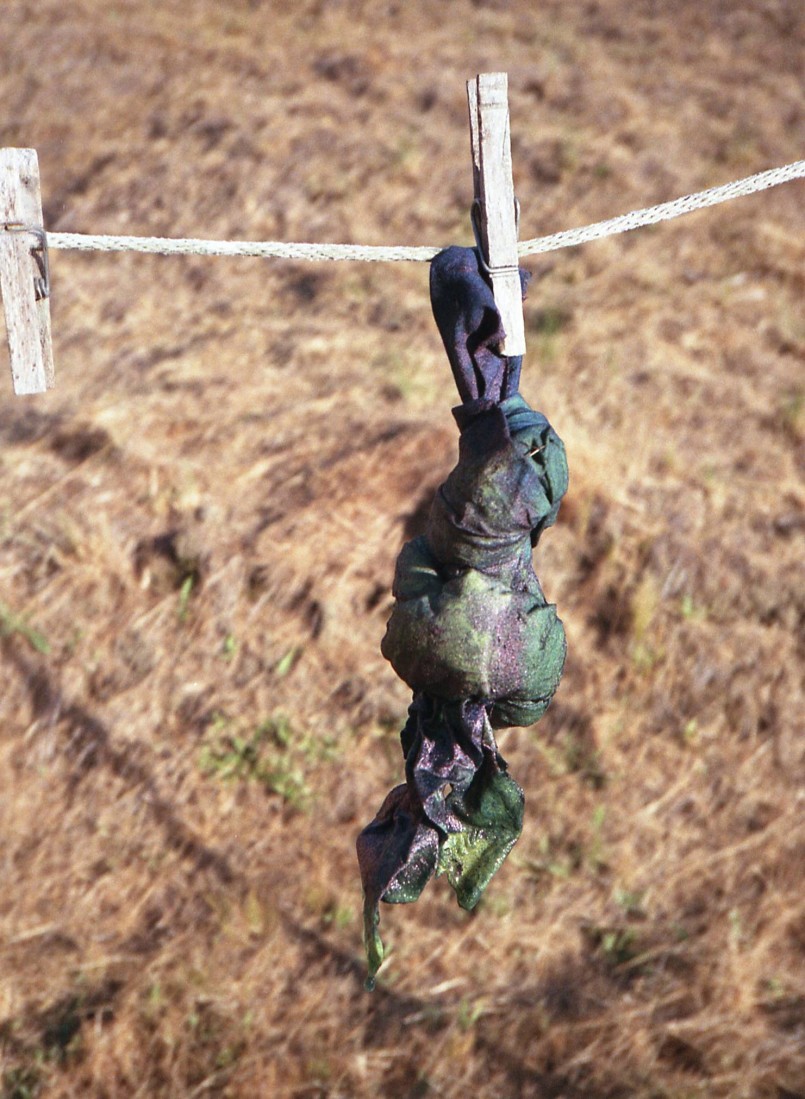
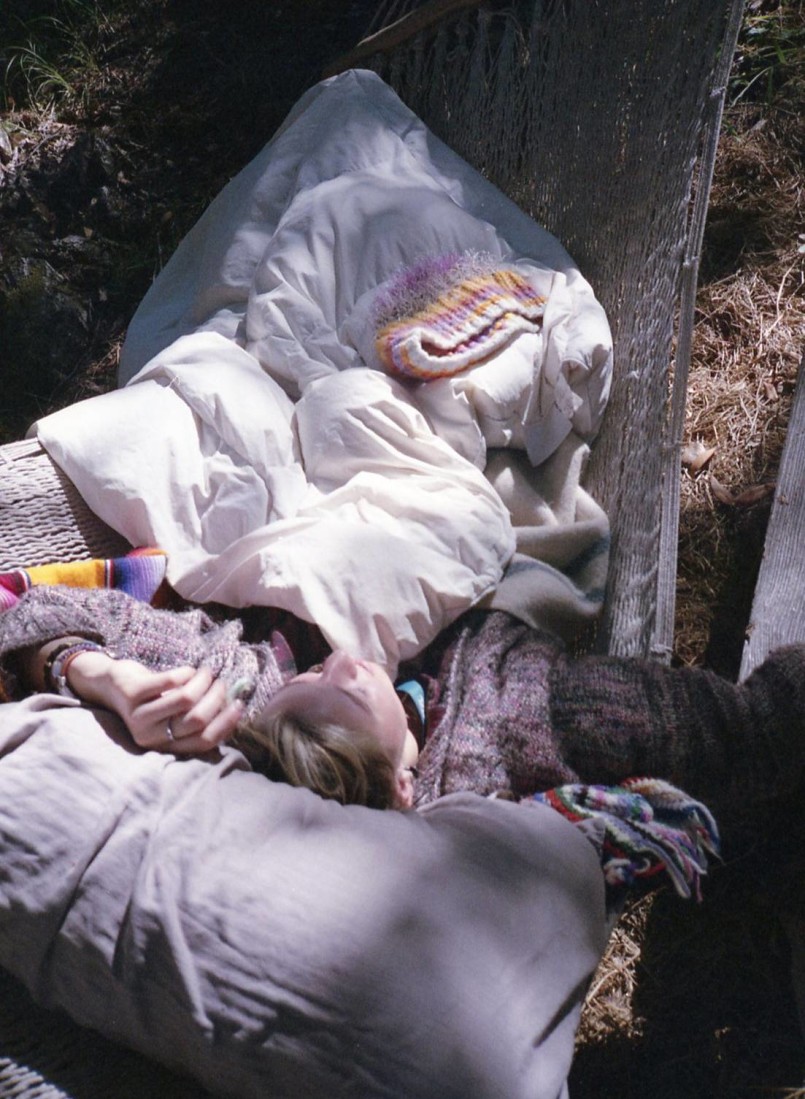

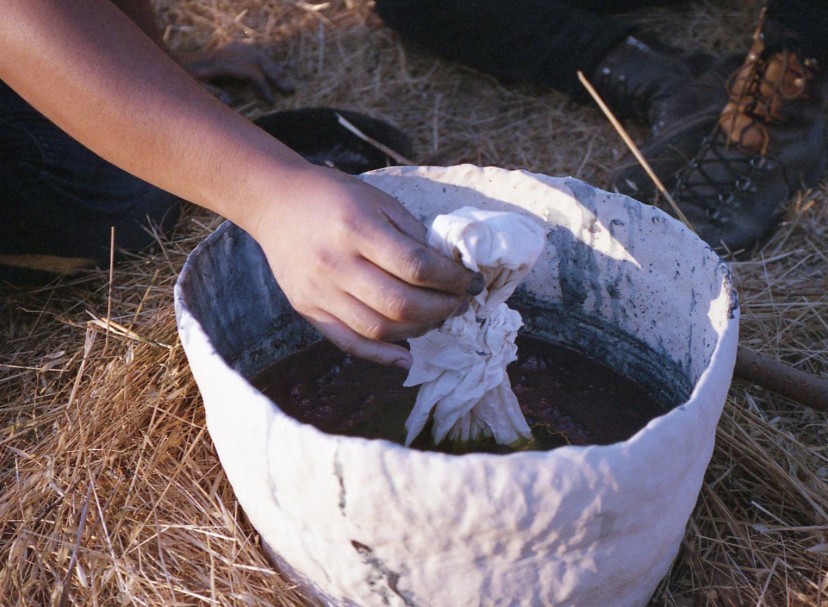
I attended the summer program—a few-weeks-long residency punctuated by courses and social experiments—as both documentarian and participant, living in West Marin, California, at Raven’s Crossing. Once a queer land commune, hand-built by transgendered sex workers as a safe haven, it was temporarily, ours for the living. Working with six other young women—Sarah Elizabeth Bisceglie, Mackenzie Budd, Anaïs Delsol, Kat Hunt, Gracelee Lawrence, and Samantha Rehark—whose practices ran a gamut from emergent to well-established, there was the intention of a collective pedagogy, designed to fuel our individual endeavors into something cohesive, as the residency culminated in a group show at Krowswork Project Space in Oakland. In burning lists of our bad habits in ritualistic fires, in sharing with each other well-hidden secrets, in using hermetic language to interpret each other’s internal plights, a kind of reverse and simultaneous effect occurred: we came together, to be sure, but also found ourselves focused on personal growth. It was unexpected and, just the same, entirely symbiotic. The relationship between the teachings of the Golden Dome and our own journeys is primarily traceable by a feeling that is profoundly internal—like all good magic.
